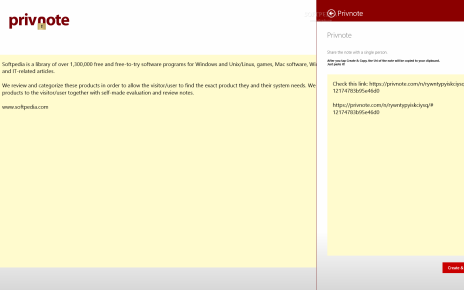The finest VPN services such as VyprVPN work in the backdrop while you explore or watch, so you don’t have to do anything. Sadly, even the finest VPNs might have issues from time to time. Use this one-stop shop for VPN diagnostics to solve all of your VPN issues. The majority of VPN difficulties cause your VPN to disengage from the internet. There are a number of causes why your VPN may connect directly, but the ultimate result is always the same: your VPN stops working, leaving your surfing session vulnerable.

VPNs are one of the most often used methods for gaining remote access to Data. Many businesses now have workers who work both in and out of the office. Most commercial information systems and services will likely continue to be accessed remotely, which means system operators must consider how to manage the increase in the efficiency accessible to distant users and in-office staff. Running several VPNs at the same time can be more difficult than configuring and connecting two VPN providers. While one VPN may work properly well, the other may be experiencing routing issues. This is due to the fact that the two VPNs fight until one VPN prevails, resulting in just one VPN running. The first VPN creates multiple routes with netmask lines that replace the default gateway. Once the first VPN’s connections are established, the second VPN will want and use the same routes, resulting in issues.
Certain websites, particularly streaming services such as Netflix, have taken steps to prevent VPNs from accessing their content. Trying to browse numerous random online pages is the quickest approach to see if this is occurring to you. If they load normally, you are most likely being restricted by a single website. If not, it’s most likely a larger connection issue. VPNs are frequently blocked by websites by banning certain VPN servers. To remedy this problem, try switching servers. If it doesn’t work, you’ll have to disable your VPN or switch to a different VPN service to gain access to the site.
If you’ve tried several ports and are still having problems connecting to your VPN, turn off your firewall and go to an url you know and trust without connected to your VPN. If that works, your VPN and firewall are most likely at odds. Continue to browse with the firewall turned off—a VPN will hide your ip address offline but not your PC against malicious software. Switch to the free firewall that goes with your device if you’re using a premium firewall. You can indeed try to add your VPN to the firewall’s whitelist, albeit this does not always function as well as we would want. If none of these methods work, some VPN companies can supply a firewall that is assured to operate with their VPN service. Try some of these options, but don’t go online without first installing a vpn.

It usually takes 2 weeks or less to construct a VPN build from the time a request is filed. A minimum of three and a most of four VPNs are supplied to fulfill the robustness demands of your application and your organization. It is best practice to make the encryption domain as narrow as feasible. Only the exact hosts need for the interactions should be included in the encryption domain. The presence of a vast encryption domain can lead to routing inconsistencies.



